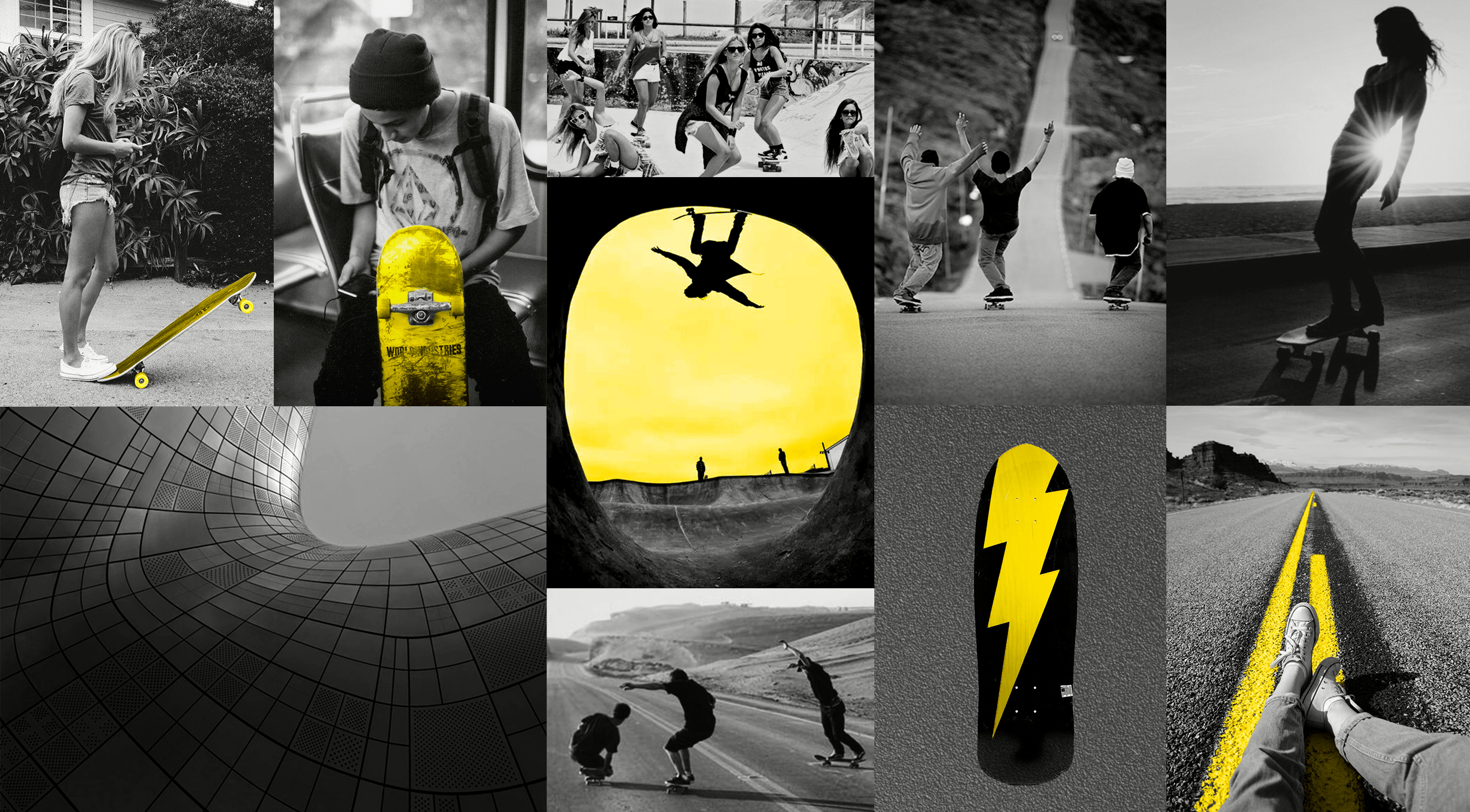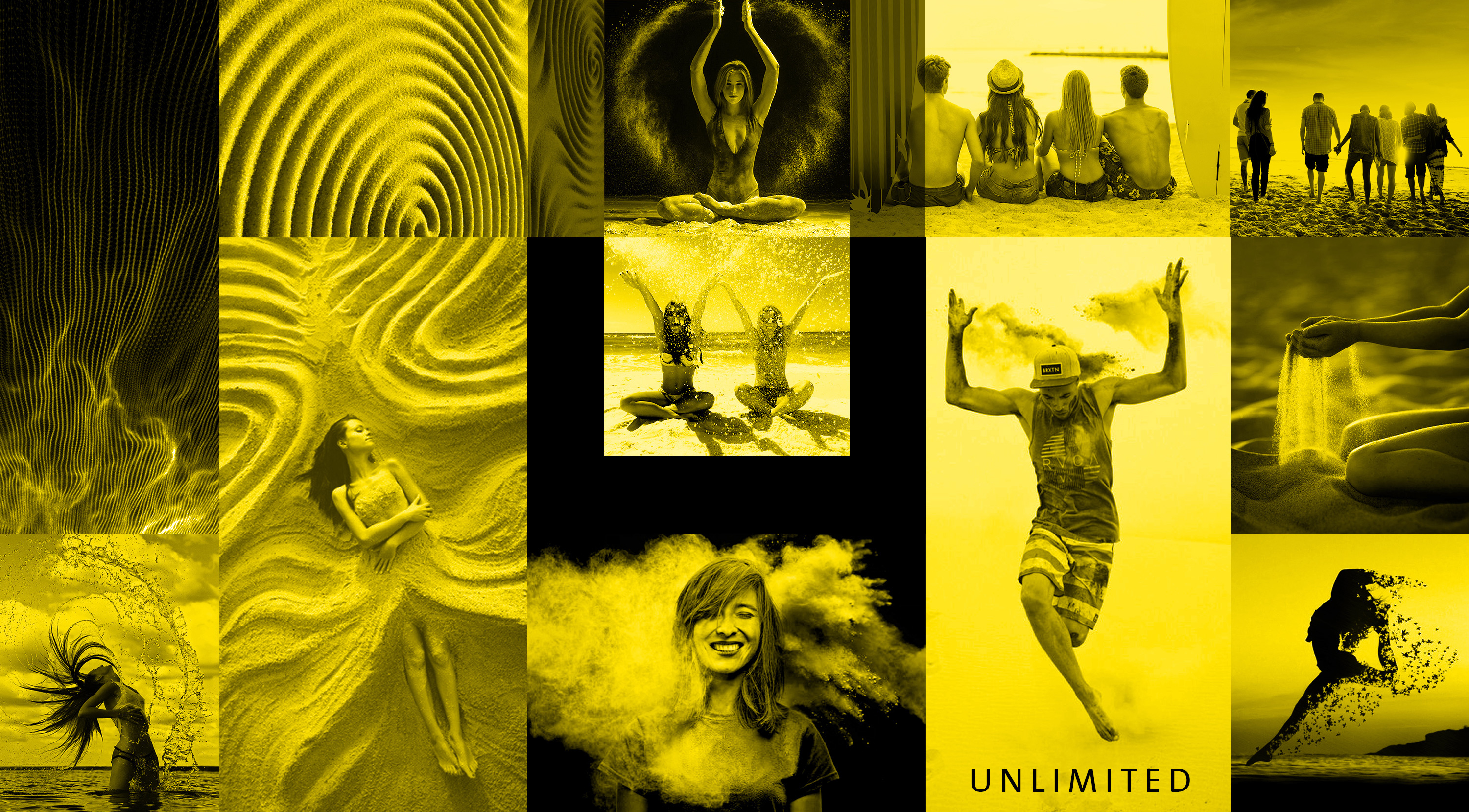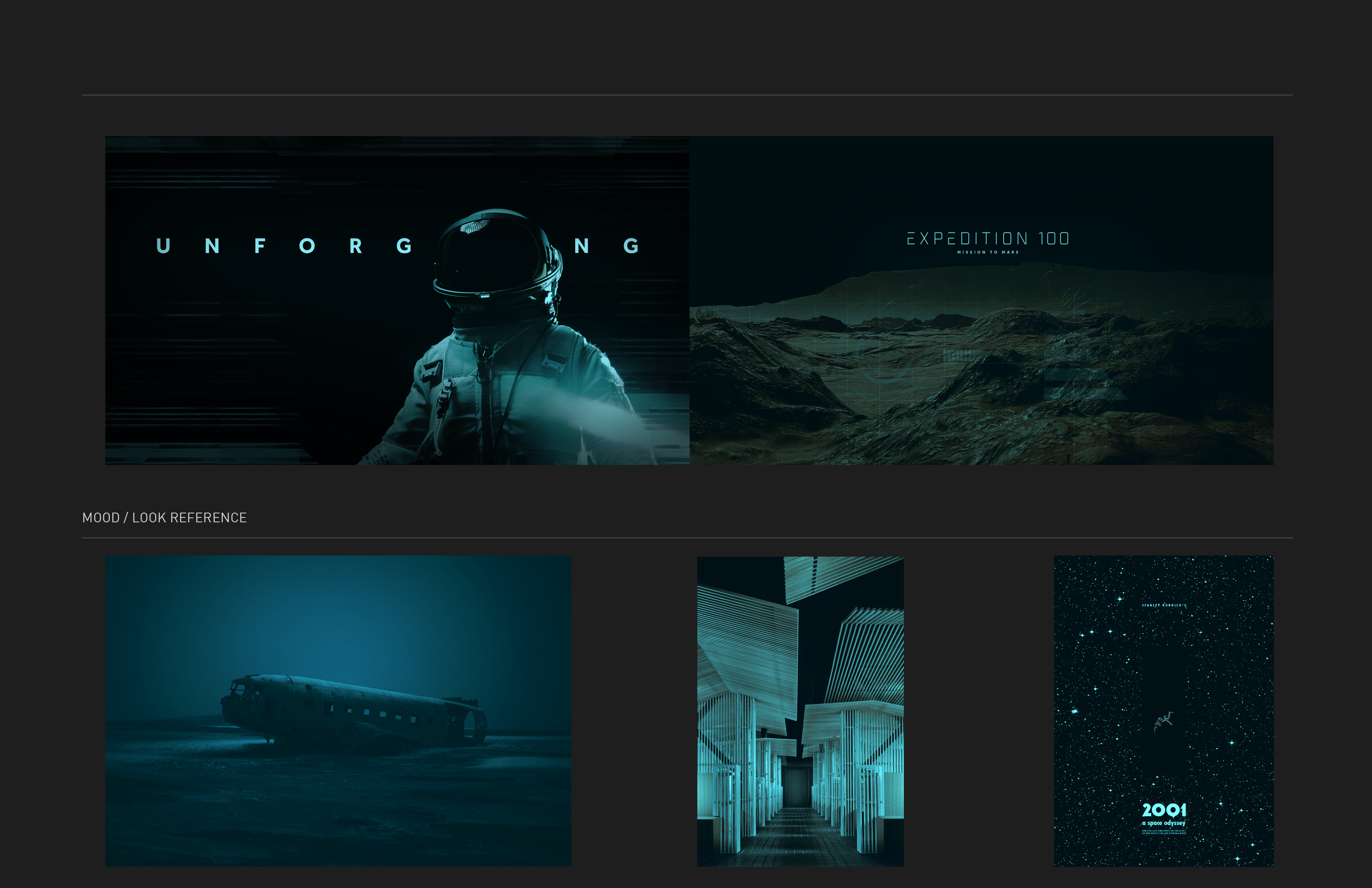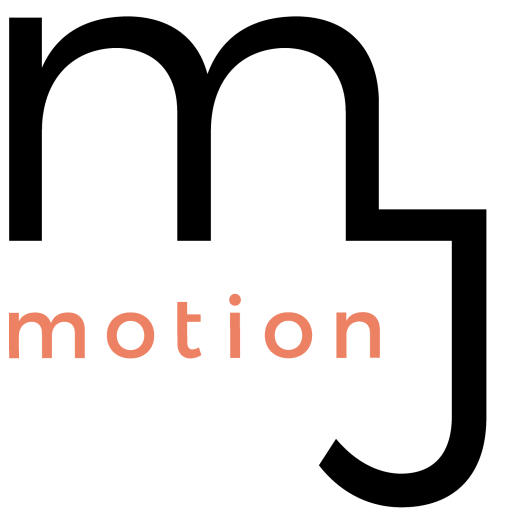Why Motion Design?
Whether to educate or to attract (or both), motion design has the ability to dynamically share concepts and ideas in a quick and impressive way. It yields the power to capture your audience’s attention, evoke emotion and leave them with a lasting impression. Strong visuals can have a dramatic impact in both education and marketing, and also help increase audience engagement. Keeping your viewers interested, explaining your message clearly, and encouraging others to spread the word about your products or services is vital in today’s increasingly digital marketplace.
It can be a challenge to decide the best way to convey your message or explain what you have to offer. I can help you by creating compelling content that concisely and beautifully communicates what you are all about. Together we will tell your story with a customised video that uses attractive design, storytelling, sound and animation.
Possibilities range from:
Explainer and product videos
Training videos
Logo reveals and animation
Videos for social media (Facebook, Snapchat, Instagram, etc)
Infographics
Social and charity campaigns
Ad campaigns
Presenting scientific findings
Branding
Digital signage
Music videos
Prototyping the user interface experience for mobile and desktop apps
Teasers and promos for web marketing
GIFs for special events
You are not limited to these though. If your project needs creative video or motion design, I can help you find the right creative solution for your needs. Whether you need an art director, designer, or animator / motion graphics artist, get in touch.
Process
Every project is unique. Different budgets, schedules, concepts and needs all require different creative solutions.
You might need a complete project from concept to delivery (script, design and animation), or you might only need me for part of the process. You might have your script and assets in place, and just need someone to make them move beautifully. Or it could be somewhere in between.
Whatever your needs are, I bring my best at every stage. I listen carefully to your objectives and offer creative ideas to help you fulfil them.
I’m not limited by my tools and will use what works best for your project but generally I work with the Adobe Suite (After Effects, Premiere, Photoshop and Illustrator) and Cinema 4D.
If you are unfamiliar with the process of motion design, below is an example of the typical stages for a complete project. All of these stages can vary in complexity depending on your personal needs. A five-second logo reveal probably isn’t going to need as much time in the research stage as a one-minute explainer video will (and may not even need some of the other stages). I do as much as required to really capture your brand and concept.
This is an example of a longer project (1-2 minute explainer video) and will be adapted according to your specific project’s needs.
Phase One: Concept and Direction
Research/Concept
Script
Storyboarding
Phase Two: Design Process
Mood boards
Style frames
Gathering Assets/Creating Illustrations
Phase Three: Animation / Compositing
Rough Animation
Final Animation
Phase Four: Delivery
Phase One: Concept and Direction
Research/Concept
First we will determine the overall need of the project by discussing it. For example:
What do you do?
What is the goal of the video?
Who is the target audience?
What is your deadline?
What is your budget?
Do you have a script?
We will jump on a call and use optimised questions to gather the relevant information needed to bring your story to life. This exploration together keeps us on the same page and will allow me to design with your unique needs in mind. It may also help reveal any overlooked aspects of the project. Ultimately it will make sure you get exactly what you need at the end of the project. You may already have designs and a script, or you might just have a concept for us to expand together.
It can be useful if you have samples of the kind of style you would like. There are many motion design styles: Kinetic text, 2D, 2.5D, 3D, Infographic animation, Stop-motion, etc. Don’t worry if you are not sure; we can provide you with a selection of potential options for the visual direction and help you discover the right style for your needs.
I will then take this information and condense it into a creative brief which will make sure we are aligned in our goal. It will include things like the tone, the timeline, and all major aspects of the project. If anything needs changing in the creative brief, now is the time. Animation changes that stay within the agreed scope of the creative brief will avoid further costs, so it is good to be clear on what we are to trying to achieve early on.
Once you are happy and the creative brief is approved, we can move forward. We will also write a schedule to set milestones for each stage of the process. These are also opportunities for you to provide your opinions and feedback so you have plenty of input in shaping our collaboration.
Communication is key. I will bring my expertise to make the process as hassle-free as possible for you, and you should be prepared to offer feedback at the milestones so we don’t delay the production process. The calendar is also important to help you understand what is happening and when. This will give you peace of mind to focus on other things.
If you need a script and storyboard first, we will establish a calendar for these until they are completed. The complexity of the script and storyboard can considerably affect the animation time (and the cost), so it is beneficial to treat them separately from the animation when creating a calendar.
If you are just looking for a design and animation quote, but are still working on the script yourself (or with someone else), then I would need a description of what is going to happen in at least 10 sentences.
Script
The first milestone is the script, the foundation of any good video. You may already have one ready to go but no problem if not. We can take the information and ideas from our earlier exploration, as well as our own additional research, and help you develop one. Something that will speak to your intended audience.
We will adapt the script for animation, presenting the voiceover dialogue alongside a description of the visuals to see how they will work together.
You will of course have the opportunity to amend it before the final sign off and then we can move ahead to the next stages. Enough time will be factored into the schedule to allow for this (based on the complexity of the project).
Storyboarding
Once the script is ready and approved, it is time to storyboard those major moments of action. This will allow us to get an idea of how the scenes will move and transition, and give us an idea of where we are going. The storyboard will usually be sketched out by hand or use simple shapes digitally. Style hasn’t been touched yet so don’t worry about the visuals not being as sweet as you had hoped; that will come. For now, let’s get a tight narrative and flow. Everything else will be considerably more powerful by setting a solid foundation.
The storyboard will be presented with the script alongside it in a similar way to the previous stage. Here is an example of a storyboard excerpt:
Similar to the script, it is important you are happy with the narrative before we move on. This will make the rest of the process smoother.
Phase Two: Design Process
Next it’s time to explore the style and develop a creative solution to give our earlier ideas form.
Mood Boards
We will create one or more mood boards (depending on the complexity of the project) to make sure the mood of the style goes in the right direction. This will be a combination of images that help define the style of the project. It is like a collage to help you visualise the design concepts and artistic direction we are going in. It may not be exactly like the final piece (that will come in the next stage) but will give inspiration in the direction we are headed. It could include type, colours, textures or other stylistic elements that will guide the final piece.
Here is an example of two mood boards for the same piece.


Style Frames
Before I animate, I will create a style frame or two to show how the final piece will look. I will develop one or more moments of the storyboard to look like the final piece (including colour and detail). For bigger projects, we may create frames for each section of the storyboard script. The exploration and research we did earlier really pays off as we want to make sure the style is right for your brand or message. This is our chance to make sure the visual direction of the final piece is in line with your vision and amend any visuals that need it.
Here are two sets of style frames for the same brief:



Gathering Assets/Creating Illustrations
The script is tight! The style is looking fabulous! Now we are getting ready to make things move. But first, it is important that we gather the things we need for the animation process.
Once we love the script, it’s time to choose the voiceover artist if you don’t already have one in-house. We have a diverse pool of go-to artists to find the perfect voice for your brand and budget. We will also start to acquire stock assets if needed (e.g. photography, artwork, footage, music, etc) and create our own assets where needed (e.g. illustrations). Some of these will already be ready from the earlier stages but now we will make sure to have everything we need for the complete piece.
Once the style frames, voiceover and assets have been approved, we will be ready for the animation phase.
Phase Three: Animation / Compositing
Rough Animation
With the storyboards, visual style and voiceover signed off, it is time to make everything move. Animation takes longer than the other stages, but because we have built a solid foundation together, the finished product will be worth the wait.
At this stage, if we have just been working with a rough voice-over, it is important to get the final track so we can time everything perfectly to it.
Once this stage is complete you will get chance to see it and give feedback.
Final Animation
Once the rough animation has been approved, we will go back in and tighten everything up (including changing anything you gave feedback on at the previous stage). Now we will make the movements even more beautiful, the style even more spectacular, and shine everything up that needs shining. We will also give some options for music at this stage. With the music track chosen, we’ll add sound effects and mix the audio to add that final sparkle. Now the piece should look polished, complete, and ready for the world to see.
Now we reach our final milestone before delivery. You will have a chance to review the piece. This will be the last chance to make changes (within the creative brief set out earlier) so it is important to carefully review the piece (and show it to anyone else who might need to approve it). We’ll make revisions as needed to fine-tune the final piece.
Once this stage is signed off, the project will be considered complete.
Phase Four: Delivery
Then the moment you’ve been waiting for. After the final sign-off, we can share the beautifully finished video in your required format so you can share it with the world. This may be uploaded to your social media channels, or maybe you would like the master copy for future use. You will have set out your deliverable needs earlier on in our discussion (.mov, .mp4, wmv, etc) and I will deliver them exactly as you need them. If you are not sure what you need, I will be happy to advise you.
*Note:
Although this is the general process, sometimes these stages get merged. Sometimes they can come earlier or later (e.g. sometimes we might not have the soundtrack until later stages). Sometimes it will make sense to present a mood board along with the script and storyboard. Sometimes it will come after. You may not want to have to approve at every stage and would prefer to choose certain points where you would like to review. I am flexible according to your needs so please do voice your requirements in the exploration stage. These can all be set out early in the creative brief and calendar so we are aligned.
Cost
Just as every project is unique, so are the costs involved. This can vary according to the style and complexity of the project, the length, etc. If you already have a specific idea of what you are looking for (and have worked on similar projects before), feel free to contact me for a quote (I may get back to you with a few questions first if needed). Otherwise, it is recommended we have a conversation about your project before we can give a quote.
Icons and good design may be enough for your particular needs. You might just need treatment of stock imagery to tell your story, or you may splash out and desire custom-made illustrations. You might require more detailed design and maybe even a range of characters to tell your story with more emotion.
Prices and timelines vary depending on the style, complexity of the animation and running time. Some things that affect a project rate:
Style (2D, 2.5D, 3D, Motion Graphics, Illustration, etc)
Complexity (number of objects to animate, movement style, characters, etc)
Deadline/schedule
Video length
VO, music licensing and sound design costs.
Need for other freelancers (e.g. Illustrators, or to meet a changed deadline, etc)
Assets
Source files
Amendments (outside of the scope of the brief)
I will always try to fit your vision within your budget if it is realistic. But if it is not feasible, I will offer you creative solutions to help you with something that may be more manageable.
Generally, projects have a cost for the whole project (project rate). Occasionally I use a day rate (such as working for other studios/agencies/etc).
Drop me a line so that we can get started on your project.


